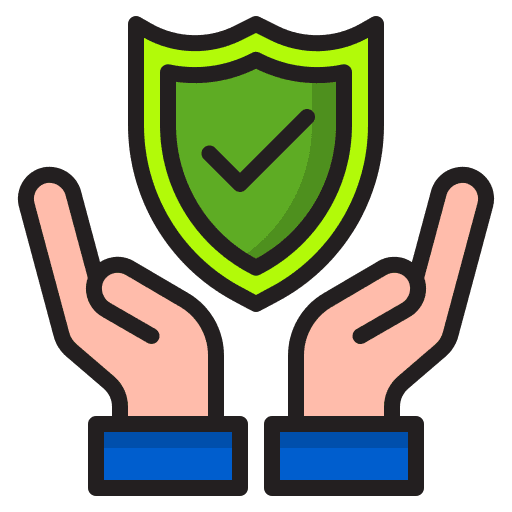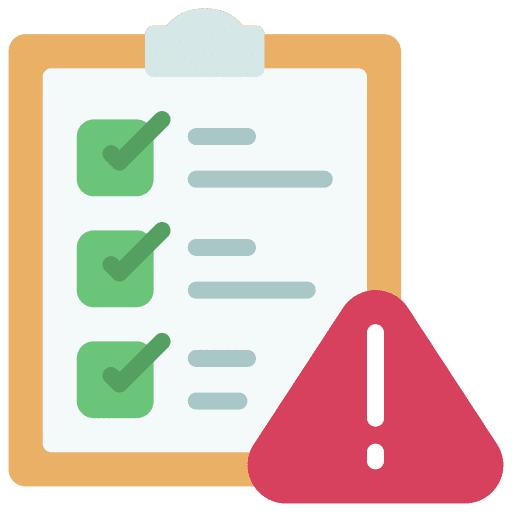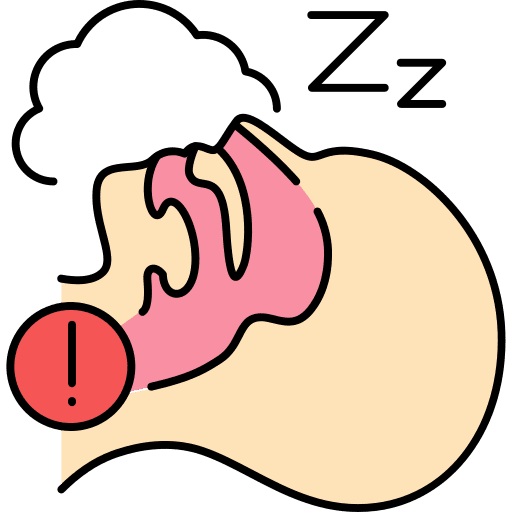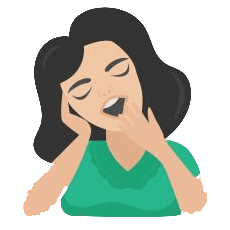Find Relief With Comprehensive Sleep Apnea Treatment
Obstructive sleep apnea (OSA) is a chronic disorder, and effective long-term treatment is necessary to prevent related health risks. The standard of care in the treatment of obstructive sleep apnea is continuous positive airway pressure (CPAP), which is highly effective. Despite this, CPAP has well-documented limitations, with diminishing patient acceptance and compliance.
Hence, oral appliances are the best alternative to PAP, and patients often report preferring oral appliances to positive air pressure treatment, with better acceptance and compliance, irrespective of the level of severity of their apnea.

Understanding the Importance of Treatment
Sleep-related breathing disorders can have life-altering effects on one’s health. The side effects may cause an increase in blood pressure, loss of cognitive thinking and concentration during daily tasks, and falling asleep during the day, while at work, or even behind the wheel of a motor vehicle. The aforementioned can collectively affect the patient’s overall quality of life.
Oral Appliance Therapy
Oral appliance therapy is simple, effective, and comfortable. To design an effective oral appliance that meets your needs, our experts, in collaboration with your sleep specialist, will carefully analyze the information obtained during your sleep study. Your dental sleep practitioner will then take impressions of your teeth to ensure a customized and precise fit.
Oral appliance therapy is simple, effective, and comfortable.
A custom-fabricated oral appliance fits like a sports mouth guard or an orthodontic retainer. It supports the lower jaw in a forward position to help maintain an open upper airway during sleep. Research shows that oral appliance therapy is an effective treatment option for snoring and all levels of severity of obstructive sleep apnea. This can lead to a better quality of sleep and restore the level of alertness during wakeful hours. Oral appliance therapy is effective, non-invasive, easy to wear, and convenient to travel. The treatment fits easily into patients' everyday lifestyles.
Screening and Diagnosis of Sleep Apnea
Sleep Studies Are the Best Way to Diagnose Sleep related disorders
Obstructive sleep apnea is a condition in which the airway becomes partially or totally blocked multiple times during sleep, and results in interrupted or obstructed breathing. One of the most common symptoms of obstructed sleep apnea is loud snoring and/or gasping during sleep. If you are suffering from obstructive sleep apnea, you may also experience restless sleep due to waking up frequently throughout the night, as well as severe daytime fatigue. This can not only make you feel tired but can also result in changes in mood cognition and behavior, as well as your overall health.
During a sleep study, the monitor will record your heart rate, oxygen levels, blood pressure, and other factors throughout the night.

Initial Screening
During the screening process, one of our team of sleep experts will provide a thorough screening of your medical history, as well as your sleep habits. We will also review risk factors that could lead to the development of sleep-related breathing disorders.
Understanding the Relationship Between Snoring and Sleep Apnea
Some people are chronic snorers due to excess tissue in the throat or nasal passages. Others may experience snoring intermittently with seasonal allergies, colds, or other illnesses. Sleep apnea, however, results in frequent periods of interrupted breathing throughout the night.
Obstructive sleep apnea (OSA) is the most common form of sleep-related breathing disorder and is caused by a collapse of the soft tissues and upper airway muscles.
What Are the Symptoms of Sleep Apnea?
Obstructive sleep apnea results in interruptions in breathing that can last for several seconds or more. This cycle can occur multiple times each night and results in low-quality, fragmented sleep. In addition to these symptoms, you may also experience a lack of concentration, chronic headaches throughout the day, and changes in your mood or behavior.
Symptoms of sleep apnea may include interrupted sleep, daytime fatigue, teeth grinding during sleep, and snoring.
Snoring
When the airway becomes partially blocked, it can result in increased resistance to airflow, which causes loud snoring. This often leads to disrupted sleep for your spouse or bed partner, which can strain relationships over time. If anyone has complained about how loud your snoring is, you should consider coming to our office for a screening. Not all patients who suffer from chronic snoring have OSA, so it is best to get a proper diagnosis to know for sure.
The Effects of Sleep Apnea on the Transportation Industry
The repercussions of obstructive sleep apnea (OSA) can extend beyond daytime fatigue, taking a serious toll on your job performance. Sleep deprivation decreases your ability to remain alert, aware, and responsive, which is especially dangerous for heavy machinery operators, commercially licensed truck drivers, airplane pilots, and other members of the transportation industry. To ensure your safety and the safety of those around you, it is important to understand the effects of obstructive sleep apnea and seek timely treatment.

Impact on Health and Safety
OSA, which is estimated to affect nearly 22 million Americans,1 has been linked to several serious health conditions, including high blood pressure, stroke, obesity, heart diseases, depression, hypertension, and cardiovascular disorders. Among children, sleep apnea can result in development, cognition, and behavioral problems.2 While sleep apnea can severely impact your personal health, it can also have far-reaching consequences for those you work with.
For patients who are rail and truck operators, feeling drowsy can lead to horrific accidents, presenting a hazard to public safety. It has been reported that nearly 20% of the major accidents2 investigated by the National Transportation Safety Board between 2001 and 2012 found fatigue as a probable cause or contributing factor. Each year, drowsiness leads to 6,400 fatal car crashes3 in the U.S.
Apart from the physical perils of untreated OSA, there is also an extensive financial cost. According to the American Academy of Sleep Medicine, the economic impact of motor vehicle accidents in 2015, where undiagnosed OSA was a contributing factor, was estimated to be $26.2 billion.3
Protect the Safety of Others
If you work in the transportation industry, it is imperative to seek treatment for sleep apnea to ensure your safety and the safety of those around you. If you would like to learn more about the effects of sleep apnea and how you can benefit from oral appliance therapy, call us at (617) 307-1183 or contact us online to schedule a consultation.

Sleep Apnea and Alzheimer's
Understanding the Relationship Between Sleep Apnea and Alzheimer's Disease
Patients with untreated sleep apnea suffer from disrupted sleep, which can severely impact many aspects of their lives. In fact, recent studies have found a relationship between sleep disturbances such as sleep apnea and Alzheimer's.1
Sleep is a vital factor in the healthy functioning of the body and mind. When the brain is unable to complete normal maintenance during sleep, certain toxic materials remain that can contribute to the development of Alzheimer's disease. Improving your sleeping habits could help slow or even prevent the development of dementia.
Sleep is a vital factor in the healthy functioning of the body and mind.
What Is Dementia and Alzheimer's Disease?
Dementia classifies a group of brain-related diseases that severely affect cognitive abilities and memory function. Alzheimer's disease is the most common form of dementia. The progressive brain disorder is characterized by amyloid plaques (sticky buildup surrounding nerve cells), loss of connections between nerve cells, and tangled bundles of fiber known as tau. Common effects of this disease include:
While these effects may be less obvious in the early stages, as the condition develops, symptoms will become more severe and start to cause problems performing daily activities.









